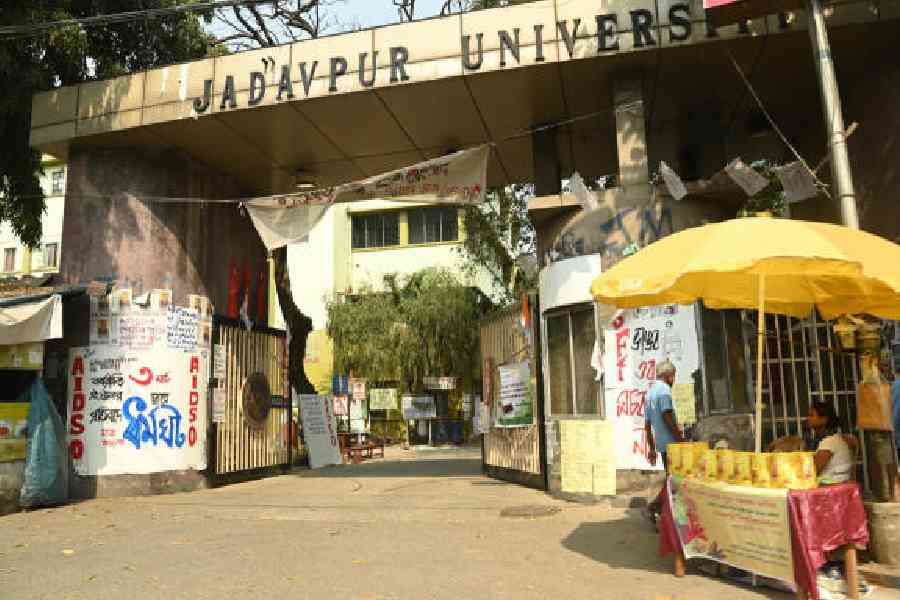Now that England are touring India, I have gone back to re-read what I think is the best book on Indian cricket: Andy Carter’s Beyond The Pale: Early Black and Asian Cricketers in Britain 1868-1945. Carter began the project as a series of weekly podcasts for his Master’s dissertation in public history at Royal Holloway, University of London. The book looks at some influencers of Indian cricket: most notably Prince Ranjitsinhji, an inspirational and generous man but a flawed ruler; Vizzy (Maharajkumar of Vizianagram), “a man with a nasty streak who put Indian cricket back 20 years”; Lord Harris, one time governor of Bombay and “one of the villains of the book” who used the game to encourage animosity between Hindus, Muslims and Parsis in India and later tried, unsuccessfully, to keep Ranji out of the England side; Maharajah Bhupinder Singh of Patiala; and the Nawabs of Pataudi.
This is an absolute gem of a book which looks at cricket in the context of class, race and ethnicity in Britain. The British in Britain “had a far more open mind compared with British people (like Harris) who had been in India”.
Carter tells me that “sometimes the class angle would trump the race angle. Since Ranjitsinhji was a prince, his glamour carried him over any doubts the public might have had over his ethnicity.” The English upper classes assumed they could never be beaten by “lesser folk”, including Indians, Australians and, at home, the working class. In India, cricket was used to try and “turn princes into English aristocrats” and later in a policy of “divide and rule”. Joe Root’s side happily reflects all that is best about multicultural Britain but Carter writes about another world. He notes that cricket today unites India: “Despite British efforts to use cricket as a tool of imperialism it actually became a vehicle for identity and ultimately self-determination.”
Dangerous plot
The British apparently had a plan to assassinate Netaji Subhas Chandra Bose during World War II, according to his daughter, Anita Bose, who gave a Zoom interview to mark her father’s 124th birth anniversary on January 23. In a conversation with London-based Lalit Mohan Joshi, director of the South Asian Cinema Foundation, she revealed the alleged plot. “They [the British] had thought he would be passing through Turkey and wanted to have him assassinated there. He was probably one of the best [most] hated people for the British rulers. It’s not surprising that they were not very fond of him because he was a very uncompromising opponent to His Majesty.”
In 1943, when Adolf Hitler agreed to provide Bose with safe passage to the Far East, the Germans chose a submarine because they thought a plane carrying Bose might be shot down by the British. “In fact, first they [the Germans] thought of getting him to South-East Asia by plane. But then somehow there was concern that this plan had been leaked to the British.”
Anita said she would have been happier if Narendra Modi and Mamata Banerjee joined forces to honour her father’s memory, but she recognized this as unlikely with assembly elections due in West Bengal soon. She hoped, however, for the return of her father’s ashes from the Renko-ji Temple in Tokyo. “It would be very nice if we could bring the remains back to India in the course of this coming year. I personally would welcome closure on the issue.”
An old connection
Family treasures belonging to Patricia Mountbatten, the elder daughter of Lord Louis Mountbatten, the last Viceroy of India, are to be auctioned by Sotheby’s in London on March 24. Over 350 lots “spanning jewellery, furniture, paintings, sculpture, books, silver, ceramics & objets d’art” reflect the Mountbatten family’s close links with India.
Patricia died in 2017 and her film producer husband, John Knatchbull, the 7th Baron of Brabourne, in 2005. He produced such movies as the David Lean-directed A Passage to India. If there is one item I would like Mamata Banerjee to buy for Bengal, it is the portrait of Patricia’s father-in-law, Michael Herbert Rudolf Knatchbull, the 5th Baron of Brabourne, who died in 1939 and is buried in St. John’s Churchyard in Calcutta. He was briefly acting viceroy of India and, as governor of Bombay, laid the foundation stone of Brabourne Stadium. My cousins will know their alma mater, Lady Brabourne College in Calcutta, was named after Doreen, wife of the 5th Baron when he was governor of Bengal.
Pay attention
During an informal conversation between Cambridge academics on Zoom earlier this week “Partha” got an honourable mention. “Don’t forget he is Meade’s son-in-law”, gossiped one old-timer, referring to the fact that the economist, Professor Sir Partha Dasgupta, is married to Carol, whose late father, James Meade, won the 1977 Nobel Prize for Economics.
Partha’s landmark report on biodiversity, published recently, calls for governments to obsess less about GDP and concern themselves more with the damaging environmental costs of development. His findings have been welcomed by everyone from Prime Minister Boris Johnson to Sir David Attenborough, who praised “this comprehensive and immensely important report”.
Footnote
The author and chef, Asma Khan, who grew up in Calcutta and now runs the Darjeeling Express restaurant in London, picked out “macher jhol” for an article in The Observer from the many recipes in her book, Asma’s Indian Kitchen. In the absence of rui, she has suggested using either cod or halibut. I have found salmon works better. I am delighted Bengali cuisine, which is missing from the Punjabi-dominated Indian food scene in Britain, gets a mention.











